Sairaj Iyer looks back at Coca-Cola’s century plus year history to identify some of their most fascinating innovations.
Whether you are a student or a CXO, Coca-Cola never ceases to surprise you with its share of interesting trivia and case studies.
The beverage giant rang in on a special day on May 8th – it completes 137 years of existence.
Here are ten lesser-known tales of this iconic brand’s legacy and innovation.
#10: Legacy
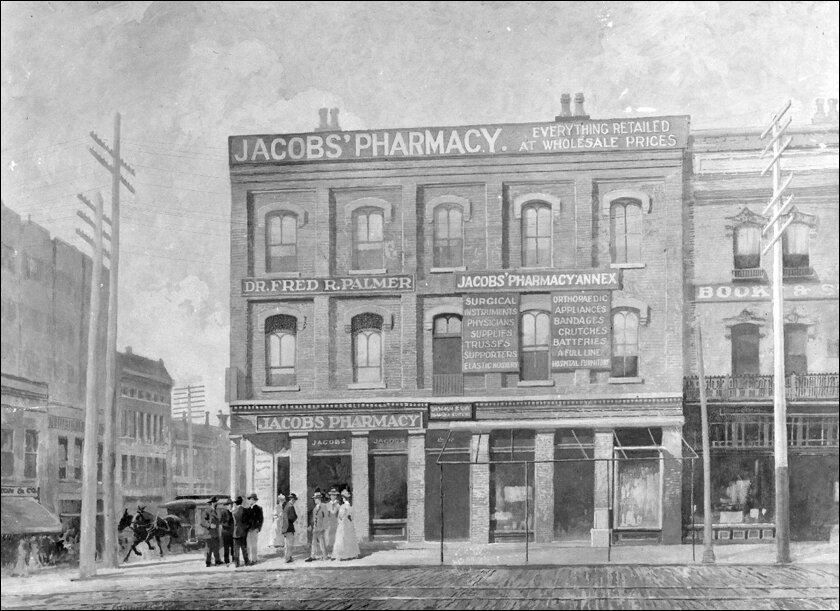
Coca-Cola traces its roots to Dr John Pemberton, a pharmacist, who concocted this formula to relieve headaches in 1885. Back then, Coca-Cola saw sales of barely eight glasses a day.
Back then this cola major did not have the first mover advantage of a brand like Vin Mariani which was formulated by French chemist Angelo Mariani in 1863. The Mariani brand counted A-grade celebrities such as Pope Leo XIII, Pope Pius X, Thomas Edison, Jules Meline (Prime Minister of France), and even Frédéric Auguste Bartholdi (Designer of the Liberty Enlightening the World or the Statue of Liberty) as its clients.
By 1900s, Coca-Cola had competitors such as Pepsi (1898), Dr Pepper (1885) and others but it survived. And, in quick succession, the Coca-Cola brand exchanged hands twice. First, to Asa Candler in 1892 for a paltry $2,300 and subsequently to a trust managed by Ernest Woodruff in 1919.
The next hundred years saw Coca-Cola grow through the roof.
#9: Leadership: The Ingeniuty of Woodruff
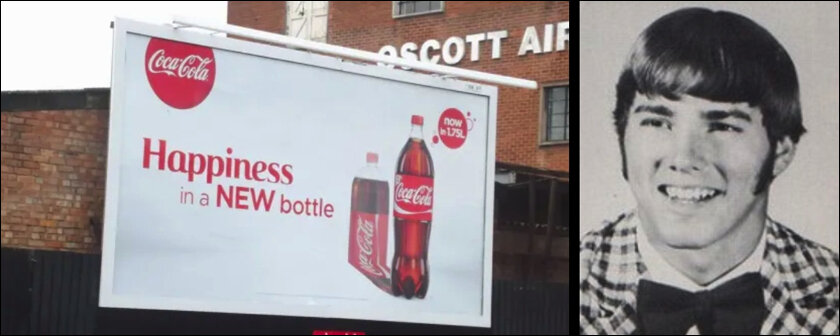
After the acquisition of Coca-Cola, Ernest Woodruff’s son Robert Woodruff was tasked with its management.
Robert, a 37-year-old former truck salesman from Georgia was already well-versed with the workings of the automotive industry. He had been promoted to the position of a Vice President of the White Motor Company, after he managed to sell more trucks during the world war.
As Coca-Cola’s chief architect, Robert was not disappointed. In fact, he applied sound design management and assembly-manufacturing strategies which took Coca-Cola to newer heights.
As a brand stickler, it was Robert’s idea of meticulous brand guidelines and standardization procedures. Soon, Coca-Cola got listed on the NYSE and the world saw the rise of a franchise-distributor model that would set the tone for FMCG brands in years to come.
#8: Outsourcing & The Business of Bottling
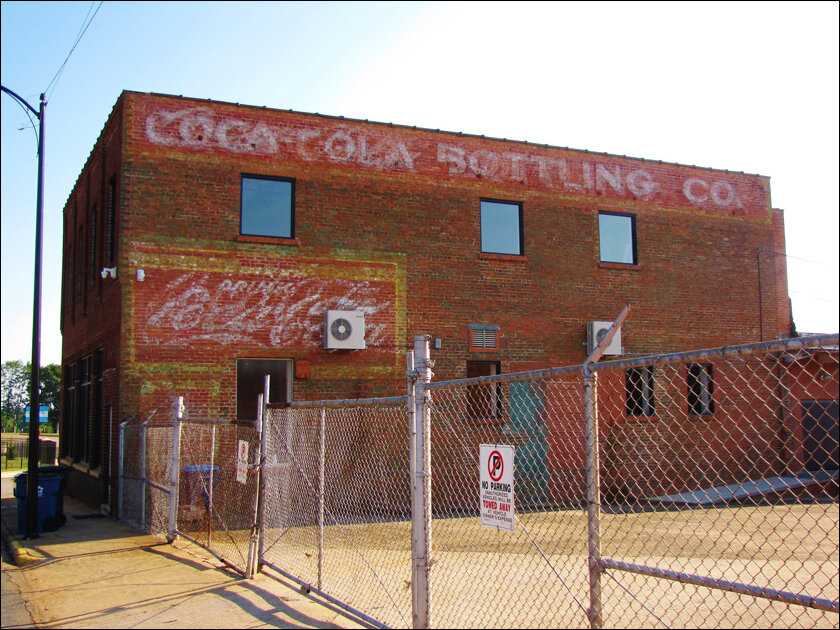
(Image Credit: Gerry Dincher for Flickr)
Coca-Cola claims its presence in most countries except for Cuba and North Korea.
Its international presence is credited to franchisee distributors, the local custodians, who do the heavy lifting. For distributors everything is standardized including the manufacturing guidelines, brand guidelines, operating procedures, and even banal stuff.
As of 2021, the Coca-Cola System was a network of over 900 bottling plants that produced an enormous 2 billion servings of Coca-Cola every day.
These bottlers each hold contracts that allow them to exclusively operate in a predetermined territory. This reduces the need for competition from multiple companies that sell the same product.
#7: Women Empowerment
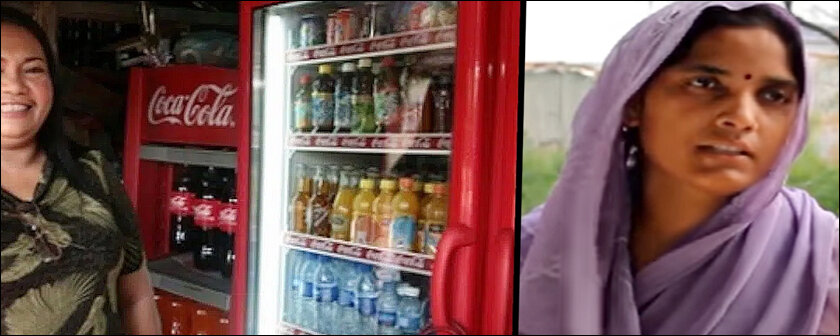
Coca-Cola’s dedicated women empowerment program codenamed 5by20 or five million by 2020 has been operational since 2010. The campaign trained women in entrepreneurship and self-supporting business plans.
Preeti Gupta, a woman entrepreneur from Agra was one such benefactor. Coca-Cola helped her fix a solar panel to power a small cooler and charge mobile devices. Gupta was later quoted in a documentary narrating how a small step from Coca-Cola helped her shop and improve her earnings.
As part of 5by20, Coke also institutionalized a bus campaign called Parivartan which would bring education to women and children in far-flung locations. Similar campaigns were launched in China, Haiti, Egypt, Philippines, South Africa, and Thailand.
In 2021, Coca-Cola revealed an infographic claiming that the 5by20 campaign empowered some 6.07 million women.
#6: Grass-Root Campaigns
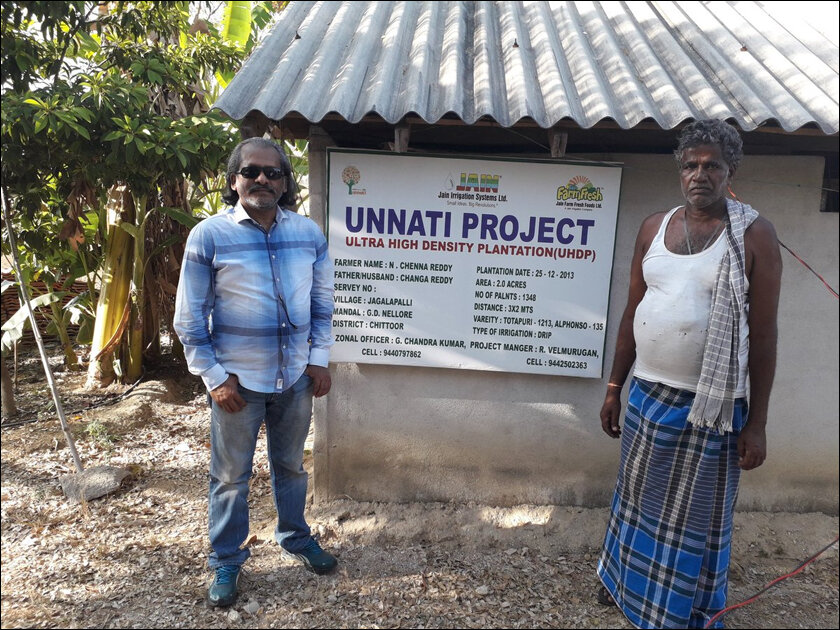
Coca-Cola was also at the center of several grass-root campaigns. Project Unnati in India, for instance, helped it merge a CSR (Corporate Social Responsibility) strategy with procurement.
Procuring mangoes was turning difficult for Maaza, a billion-dollar fresh beverage brand under the Coca-Cola family. Although India’s mango-cultivation is gargantuan, 70% of the harvest fruit would be sold-off in the local market.
In 2006, an ambitious $2 million project saw Coca-Cola partner with Jain Irrigation systems to educate local farmers in Chittoor, Andhra Pradesh. Coca-Cola claims to have touched the lives of 50,000 farmers through this project that involved a curriculum on growing mangos, and drip-irrigation strategies.
The learnings were adapted by Coca-Cola across the world. In Kenya, a similar campaign helped source fruits for Minute Maid Mango Nectar. By 2010, by Coca-Cola’s estimates, some 40,000 farmers were enabled by this campaign. Approximately 17,000 of these farmers were women.
#5: Dispensing Personalisation & Innovation
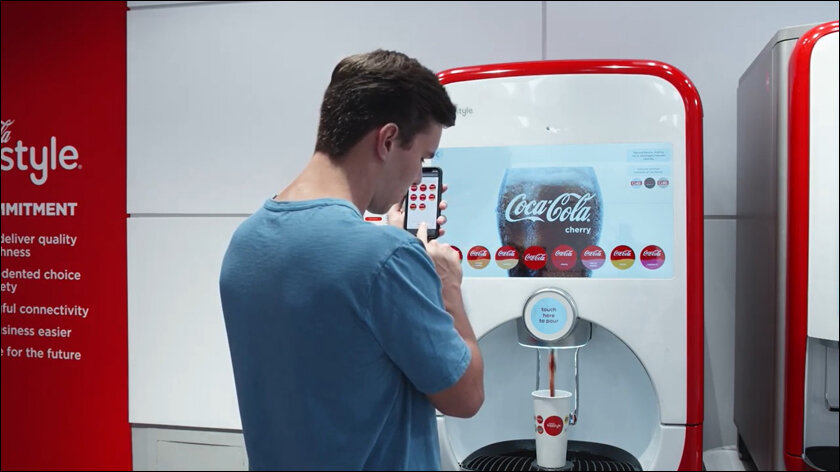
Want a crash-course in personalization? Look no further than Coca-Cola, which pioneered this art.
Prof Dr Marion Debruyne illustrates the example of Coca-Cola’s fountain dispensers in a book on customer centric strategies for brands. She says that such personalization empowered the customer who now had complete control.
With a personalized dispenser, Coca-Cola offered consumers a choice of a whopping 125 different varieties of beverages. They further innovated by replacing their five-gallon boxes of their secret sauce (syrup) with cartridges like what one gets to see inside a printer. These cartridges would use micro-dosing technology to infuse precise amounts in sync with Coca-Cola’s flavor standards.
Furthermore, the machine analyzed customer preferences – an analysis showed sales of Caffeine-free diet cokes spike after 3 pm. Also, 60% of customers preferred making their own soda.
In addition to dispensers, Coca-Cola has added apps such as myCoke platform, a Coca-Cola freestyle mountain dispenser (in image), and more recently the SIP & SCAN which adds a different dimension in customer experience.
#4: Harnessing Solar Power
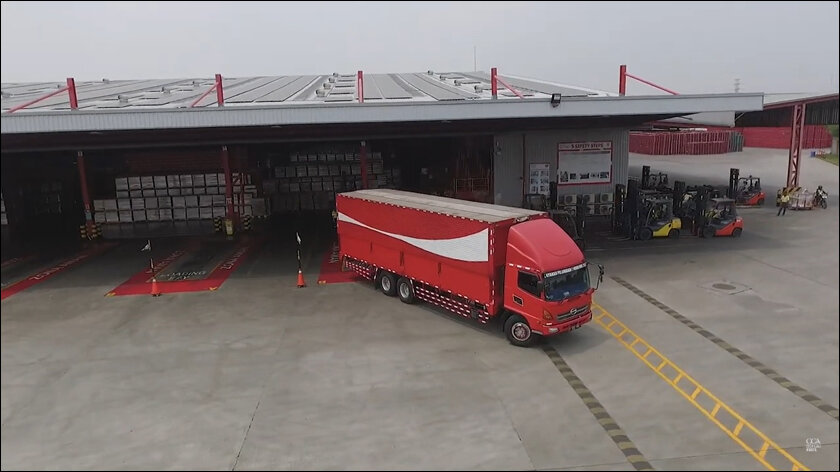
Coca-Cola had already started off on a Solar journey as early as 2010. In 2021, it reported 11 plants being powered by rooftop solar panels. Coca-Cola bottling units in Australia, Indonesia, United Kingdom, India, and even Africa have deployed such solar panels.
In Wakefield, United Kingdom, the Coca-Cola EuroPacific Partners (largest soft drinks plant in Europe as of 2021) had saved 340,000 pounds thanks to an 8.2 MW solar system. 20 percent of the facility’s electricity consumption was powered by solar. Coca-Cola expects the facility to turn carbon neutral by 2050 and progress towards 40MW of battery storage capacity by third phase.
Innocent Drinks, a Coca-Cola owned enterprise, already runs a carbon-neutral facility. Called the Rotterdam innovation factory, this facility is 100% powered by renewable energy.
Solar initiatives related to Coca-Cola have been reported in India too. SLMG Beverages Private Limited, a Lucknow headquartered facility is Coca-Cola’s largest franchise bottling partner in India. This facility invested $13 million in solar power. 22 percent of SLMG’s power needs are met via renewable energy.
#3: Coca-Cola’s ESG Initiatives
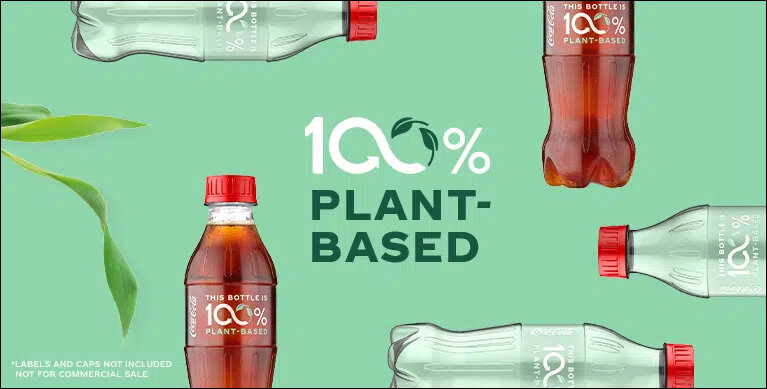
Coca-Cola’s ESG matrix prioritizes what the brand must focus on – Packaging, Water Leadership, and Product Preferences / Added Sugar.
According to Climate NGO Greenpeace, Coca-Cola results in 100 billion plastic bottles in ocean beds. Coca-Cola has applied serious introspection in packaging and the environmental concerns around PET bottles. Coca-Cola has announced innovative measures such as recycling bottles recovered from ocean-beds which seems promising.
Coca-Cola’s biggest environmental contribution is PlantBottle, a combination of PTA (Terephthalic acid) and MEG (Monoethylene glycol), derived from natural sources such as molasses. In 2014, Coca-Cola reported 20 billion plant-bottle packages distributed across 31 countries.
Coca-Cola turned down umpteen requests for industrial collaboration on PlantBottle. But, in 2012, it partnered with Nike, Procter & Gamble, HJ Heinz & Company, and the Ford Motor company to find a 100 percent renewable polyester plastic made from plants. Guess what, Ford’s Hybrid motor unveiled at the 2013 Los Angeles Auto Show had its seats and headrests made of plant-based polyester.
Conserving Water
Coca-Cola in the recent past found itself in choppy waters over excessive consumption of water resources. Such cases were reported in India too. The brand has not just identified water conservation as a major concern but has also applied several technologies to save water.
The COFCO Coca-Cola bottling unit in China, for example, uses processes such as recovery of water from cleaning and rinsing processes, redesign of a recovery system for reverse osmosis treatment and using recycled water for the flushing of toilets and cleaning of external areas. Coca-Cola admits such initiatives resulted in a two percent reduction in water use between December 2020 and December 2021.
It also claims that there has been a 20 percent improvement in water conservation since 2010. As of 2021, Coca-Cola analyzed that it needed 1.81 liters of water to produce one liter of finished product.
Reducing Sugar
When it comes to healthy drinks, Coke is committed to reducing sugar across its range of beverages. Coca-Cola has partnered with industry peers to participate in over 40 sugar reduction initiatives worldwide as of 2021.
As part of its 2021 ESG dossier, 900,000 plus tons of added sugar was removed from its portfolio in over 1000 beverage categories. It also changed 96 recipes to reduce added sugar.
A look at its research funding reveals that Coca-Cola funds research across several streams- microbiota studies, Avocado paste, and studies that help determine consumer perception to non-sugar beverages.
#2: AI, ML & Analytics
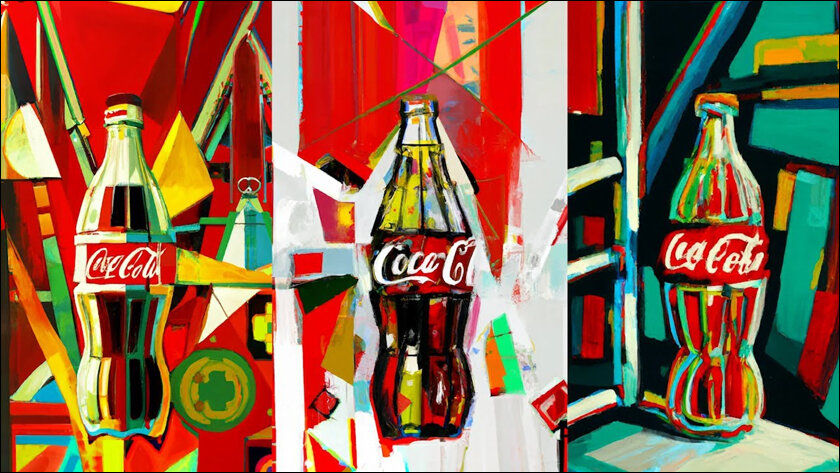
(Image Credit: The Coca-Cola Company)
Coca-Cola was among the earliest FMCG brands to deploy Big Data. It crunched data collected from PoS (Point-of-Sale), vending machines, apps, and even fragmented social data. The beverage maker leveraged Alexa and Siri to personalize experiences at vending machines.
Speaking of unstructured data, everything from a like on a YouTube video, to Twitter engagement, product reviews on Amazon, gets analyzed. There is no official count on how large this size is, but spread across 190 plus countries, it sure is in excess of triple-digit Petabytes.
Usage of AI has undergone a vast change at Coca-Cola. Previously, AI and Computer Vision were used to identify pictures and Cola products or detect negative conversations or targeted advertising and even operationalizing supply-chain. The recent use-case with AI is a partnership with OpenAI’s generative technology to craft personalized ad-copy, images, and messaging.
#1: Narrating Tales & Experiences
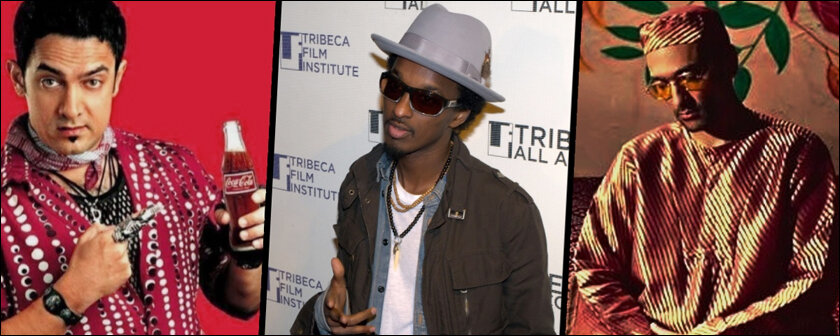
There are few brands that narrate an experience as good as Coca-Cola.
Aamir Khan’s quirky dialogues should immediately ring a bell. Then there’s Coke Studio which delivered a musical experience to the deaf in Pakistan. The Music for deaf campaign was realized by simulating lights and vibrations to deliver a musical feeling.
Coke Studio’s recent craze Pasoori set new internet records. A listicle on brands and music will be incomplete without Knaan’s Wavin Flag.
Fortunately for the world, Knaan could find a seat on the last flight out of Mogadishu. A record label in Toronto found the lyrics poetic yet sad. Wavin Flag was not the official anthem of the 2010 World Cup (it is Shakira’s Waka Waka), but it has received cult-status. Coca-Cola’s five-note mnemonics which took a few months to design is attributed for infusing life into Knaan’s poetry.
In his book Design to Grow: How Coca-Cola learned to combine scale and agility (and how you can, too), author David Butler reveals candid stories from his experience working at Coca-Cola. The author provides rich illustrations to prove how Design was not a silo but the larger picture at Coca-Cola.
Butler shares the example of how Bill Backer gave Coca-Cola its epic tagline. Becker, an Account Director with McCann-Erickson scribbled a few lines on a tissue paper at an airport in Ireland. A flight delay had caused unrest among passengers, but Becker noticed how the irate passengers gathered around snacks and Coke discussing their anguish and the foggy weather. Becker’s tissue read “I’d like to buy the world a coke and keep it company!”
That jingle has gone through iterations and shows what sets Coca-Cola unique – the ability to narrate such tales. Technology or innovation makes little sense unless there is a story that binds.
Wish Coca-Cola more innovation in the years to come.
We hope you liked this story. Do comment on your favorite innovation story of Coca-Cola.
In case you missed:
- None Found

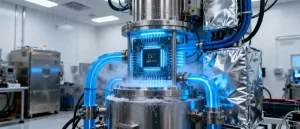
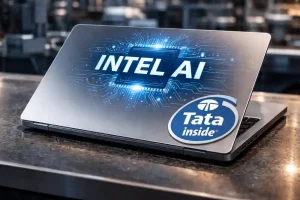

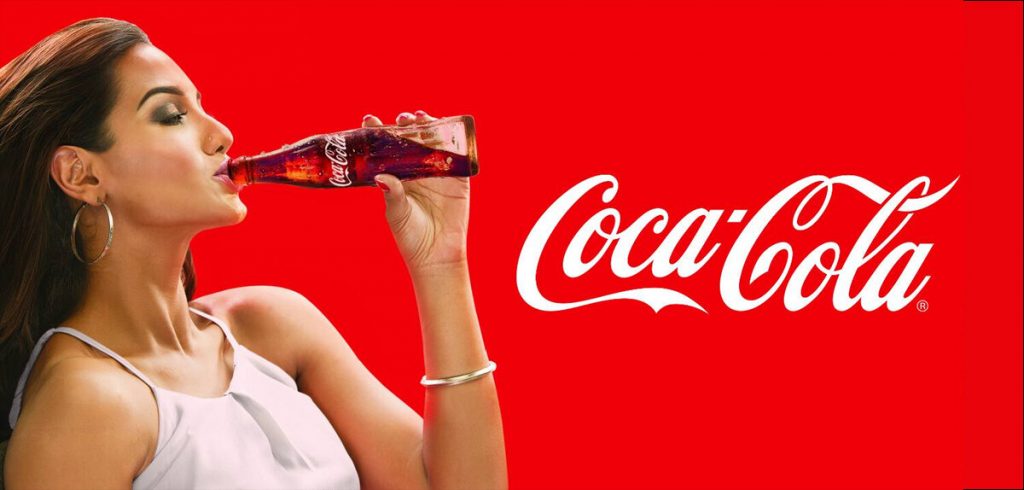
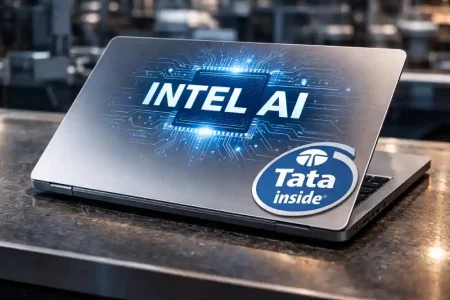

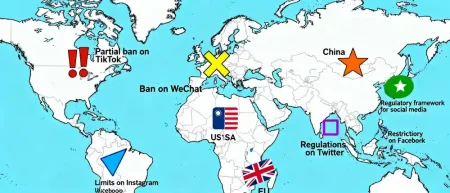
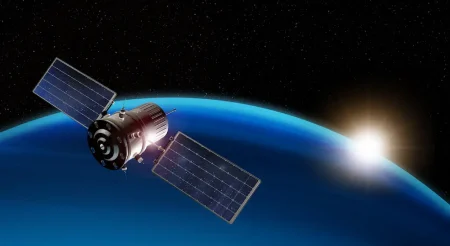
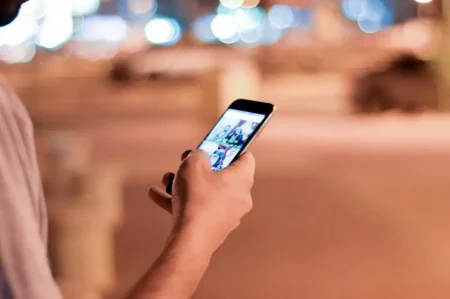

1 Comment
This is an insightful article about Coca-Cola’s innovations over the years.
It’s fascinating to see how a company that started
with just eight glasses sold a day has grown into a global brand.
The leadership of Robert Woodruff and his emphasis on brand guidelines and
standardization procedures have clearly played a significant role in this growth.
The company’s franchise-distributor model is another interesting aspect, allowing it to maintain consistency across different regions while also empowering local entrepreneurs.
The women’s empowerment program, 5by20, is a commendable
initiative, and it’s great to see the positive impact it has had on women like Preeti Gupta.
Coca-Cola’s commitment to sustainability, as seen in its solar power initiatives and ESG efforts,
is also noteworthy. The use of AI, ML, and analytics to personalize customer experiences and optimize operations is another testament to the company’s innovative
spirit.
Finally, the article highlights Coca-Cola’s storytelling abilities, from
its catchy taglines to its involvement in music and sports.
These narratives have not only helped the brand stand out
but also resonate with consumers on an emotional level.
Overall, this article provides a comprehensive overview of Coca-Cola’s
innovations and contributions to the world of business and beyond.